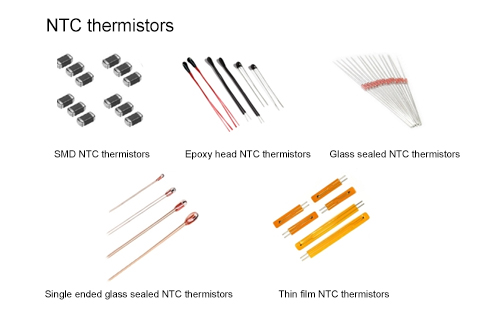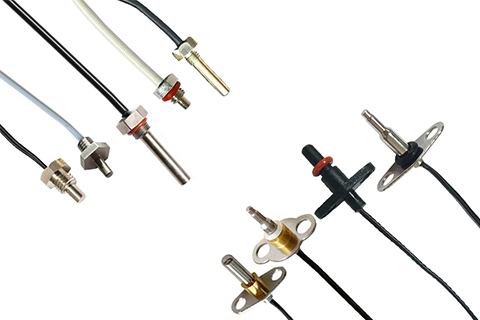What is a temperature sensor?
A temperature sensor is a device that measures the degree of hotness or coldness of an object (or substance). A temperature sensor that can convert changes in temperature into changes in electrical quantities (voltage, current, impedance, etc.) is called a temperature sensor. Its working principle is to use the different physical properties of various materials to convert temperature into electrical quantities.
Temperature sensors have three stages of development: traditional discrete temperature sensors, analog integrated temperature sensors, and intelligent temperature sensors. Currently, new types of temperature sensors worldwide are moving from analog to digital, from integration to intelligence, and to networking.
Commonly used temperature sensors include thermistor temperature sensors, resistance temperature detector (RTD) sensors, thermocouple temperature sensors, and semiconductor-based temperature sensors.
Thermistor temperature sensors: The resistance value of a thermistor changes with temperature. According to the different temperature coefficients, they are divided into positive temperature coefficient thermistors (PTC) and negative temperature coefficient thermistors (NTC). The resistance value of PTC thermistors increases with temperature, while that of NTC thermistors decreases with temperature. They both belong to semiconductor devices and are widely used in various electronic components.
Resistance temperature sensors (RTD): RTD sensors are used to measure temperature. They can convert temperature into changes in resistance values, and are commonly used in PT100, PT1000, copper thermal resistance temperature sensors, etc., and are widely used in industrial automation, medical equipment, automotive electronics, and other fields.
Thermocouple temperature sensors: Thermocouple temperature sensors use the thermoelectric effect to measure temperature.
Semiconductor-based temperature sensors: Semiconductor-based temperature sensors are usually integrated into integrated circuits (ICs). These sensors use two identical diodes that have temperature-sensitive voltage and current characteristics to monitor changes in temperature. They can be divided into local temperature sensors and remote digital temperature sensors.



